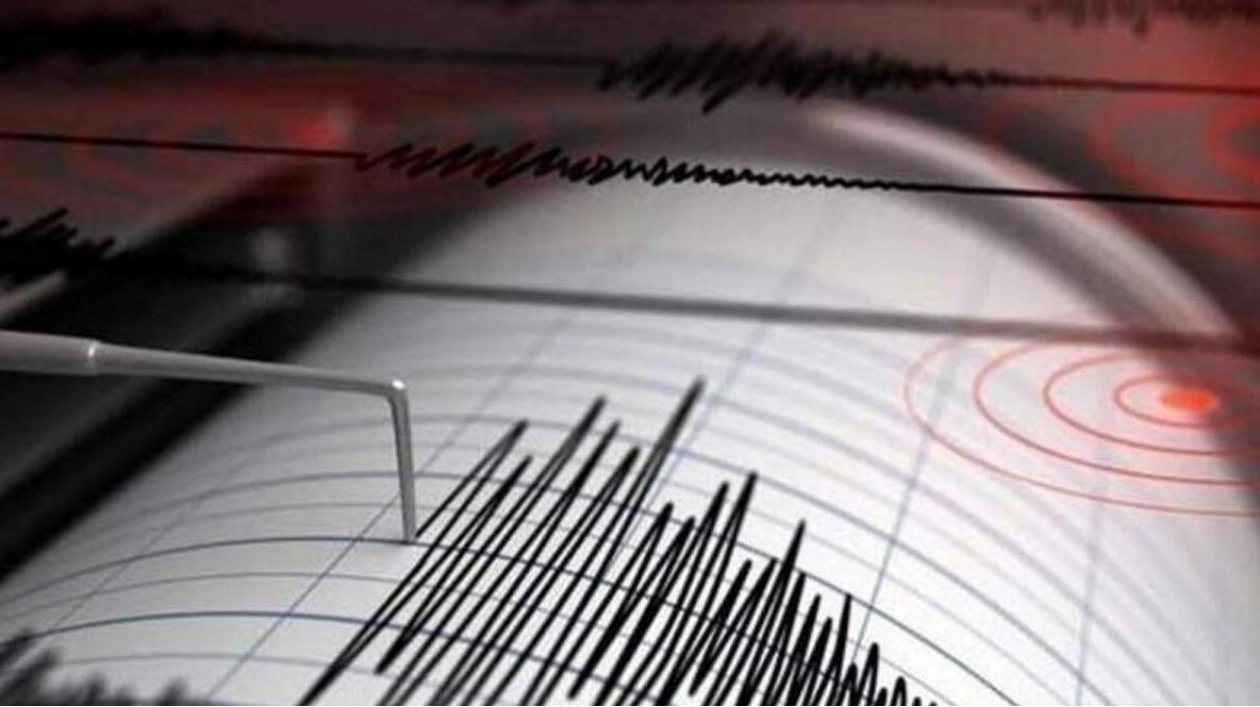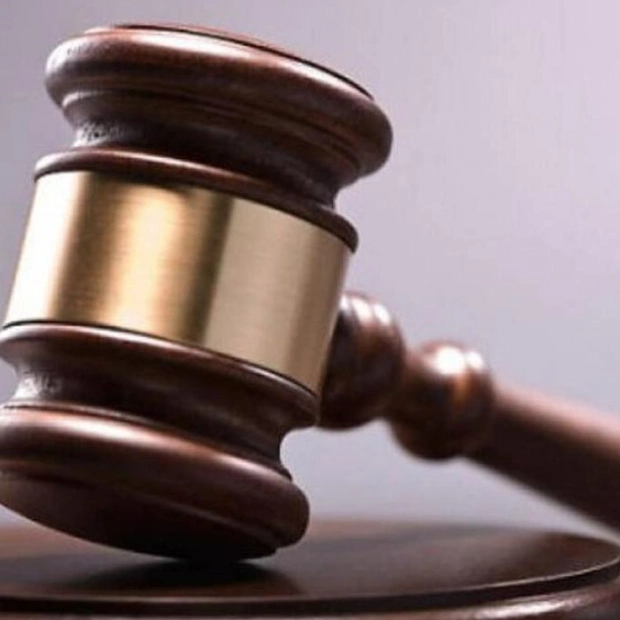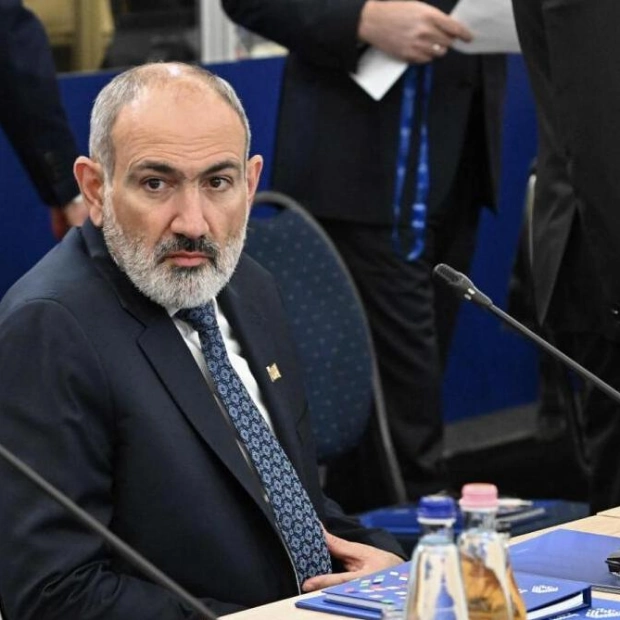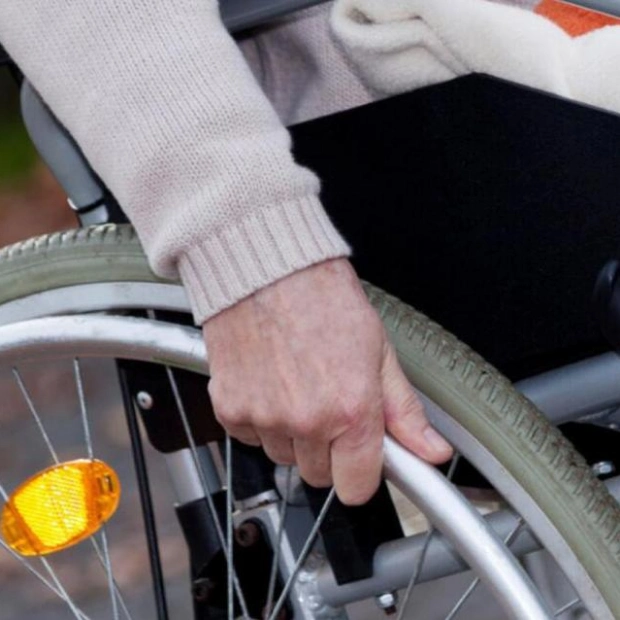A 6.8 magnitude earthquake struck eastern Cuba on Sunday, as reported by the U.S. Geological Survey. The tremor caused significant shaking in Santiago de Cuba, the island's second-largest city, and its surrounding rural areas. The epicenter of the quake was located off Cuba's southeastern coast in Granma province, near the municipality of Bartolome Maso, which served as the headquarters for former Cuban leader Fidel Castro during the Cuban Revolution.
Residents in the affected area described the earthquake as one of the strongest they had ever experienced. Buildings and homes were violently shaken, with dishes falling off shelves. Some damage was noted in Pilon, close to the quake's epicenter. Many of the region's structures are older and susceptible to such seismic events. The 6.8 magnitude quake had a depth of 14 km (8.7 miles), according to the USGS. Approximately an hour before, a 5.9 magnitude earthquake was also recorded in the vicinity.
The U.S. National Tsunami Warning Center confirmed that there was no tsunami threat resulting from these earthquakes. This series of quakes is the latest in a series of natural disasters to impact Cuba. The eastern part of the island was severely affected by Hurricane Oscar in October. Last week, Hurricane Rafael caused the national grid to collapse, leaving 10 million Cubans without power. Recovery efforts are ongoing, with rolling blackouts still common in much of eastern Cuba, where Sunday's earthquake occurred, further complicating communication efforts.
Most seismic activity in Cuba is concentrated around Santiago. A fault line along the island's southeastern coast demarcates the boundary between the North American plate and the Caribbean plate, according to Cuba's seismic service. The Cuban capital, Havana, was unaffected by the earthquake.
Source link: https://www.khaleejtimes.com






